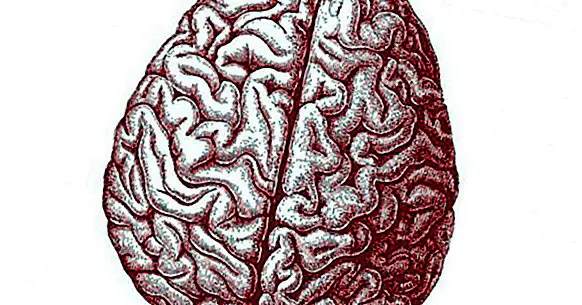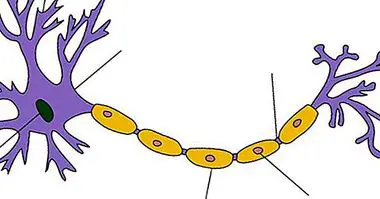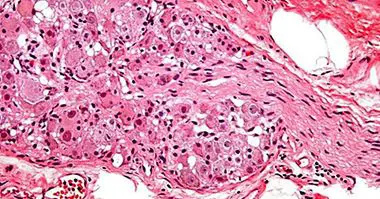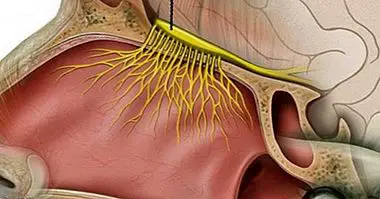Brain differences between "letter" students and "science" students
It is quite common in faculties to hear jokes about the inability of the students of letters to deal with mathematical operations, or about the incompetence of engineers when it comes to understanding history.
They are stereotypes without too much rational basis, but it seems that, in the end, they can enclose certain truths .
Differences between the "letters" and the "sciences" brain
The Japanese neuroscience researcher Hikary Takeuchi and his team published a few weeks ago an interesting study on the structural differences between those who study science, comparing them with those who study humanities.
Investigation
The work of the Japanese team points out that there are several notable differences between the brains of students of scientific university careers and the brains of students in the field of humanities and letters.
The results showed that, while science students have more gray matter in the prefrontal mid cortex , the humanities reported a higher density of white matter surrounding the right hippocampus .
This information could be obtained by examining a total of 491 participants, through a brain MRI scan. The research also controlled various variables such as age or brain volume. Takeuchi explained these results by framing them in the classical theory of Simon Baron-Cohen on Systematization of Empathy.
Following this model, it has been suggested that subjects who are attracted to impersonal systems are those who tend to like the study of science more. On the other hand, those who are attracted to the letters and the humanities correspond to the empathic type.
The 491 participants in the research were subjected to neurophysiological examinations and answered several questions. We examined their cognitive functions, particularly those that were speculated to be strongly linked to the scope of study of each one, as well as other cognitive functions of basic control that were presumed not very relevant to the field of study.
According to the data provided, this investigation assumes the first time the differences between the brain structures of the students are examined according to their field of study . The initial hypothesis, which suggested that there were indeed asymmetries, was demonstrated.
The brain of the sciences resembles that of an autistic person
The brain type of science students was reported as partially coinciding with that of people with autistic spectrum conditions: they prefer to systematize events, it is not uncommon to observe some difficulty in the language, they are less empathic and are less skillful at the time to anticipate and anticipate the thoughts and reactions of others.
The letters have brains more focused on empathy
On the other side, students of letters and humanities were related to a profile of skills more linked to empathy, that is, they were better able to identify with other subjects, understand them and show solidarity with them. However, a good number of these students exhibited difficulties in skills such as spatial recognition .
The key could be in the level of testosterone
In the research, factors such as greater or lesser presence of fetal testosterone , and it was concluded that this variable played an important role in the development of the hippocampus, marking the difference between both groups of students.
There is no doubt that this research, a pioneer in the analysis of brain differences among students, will be the first of many that will try to explain the differences in the brain structure of each profession.
Bibliographic references:
- Source: //link.springer.com/article/10.1007%2Fs00429 -...



















